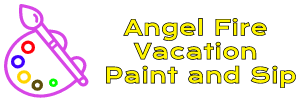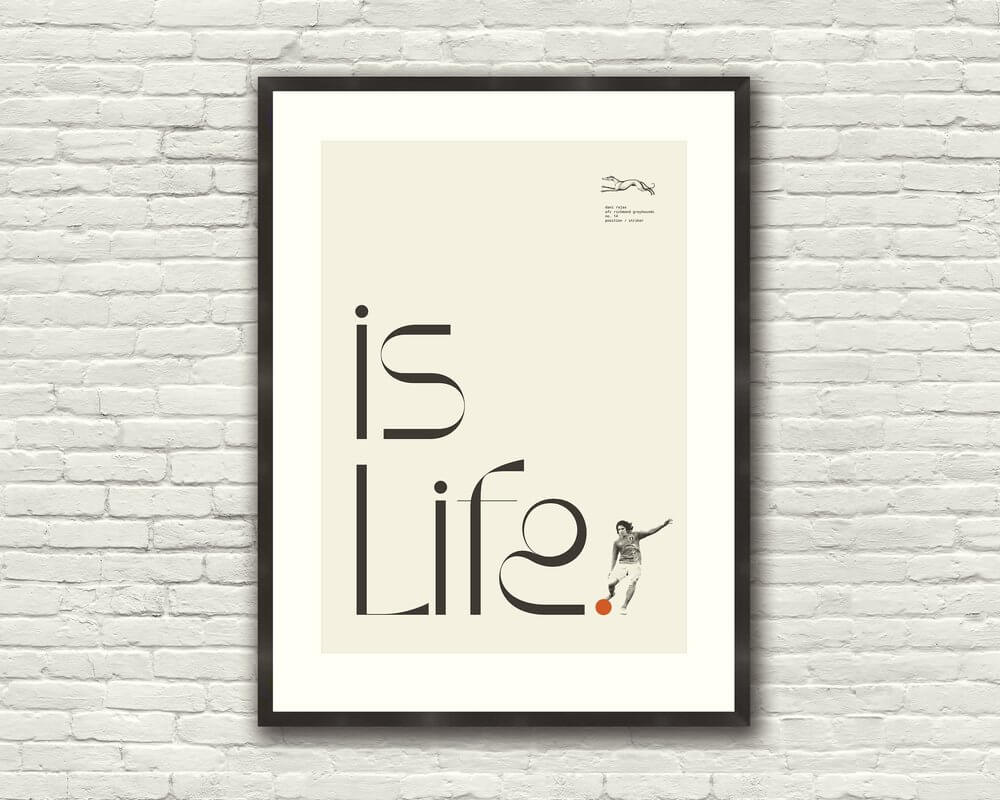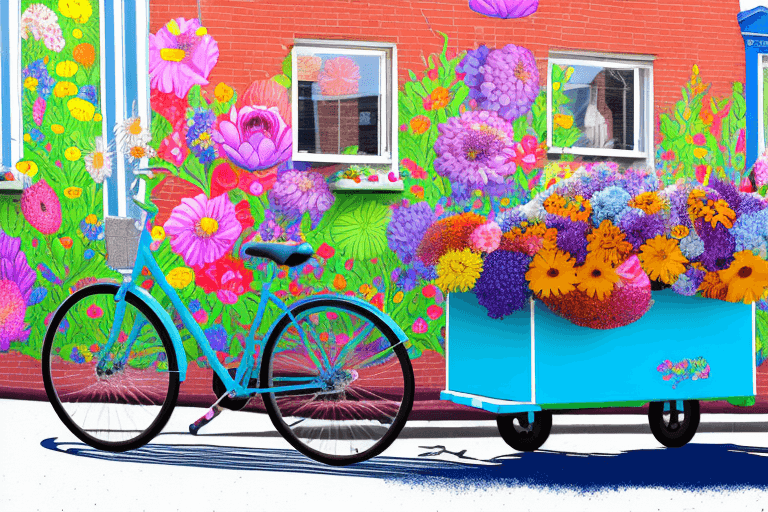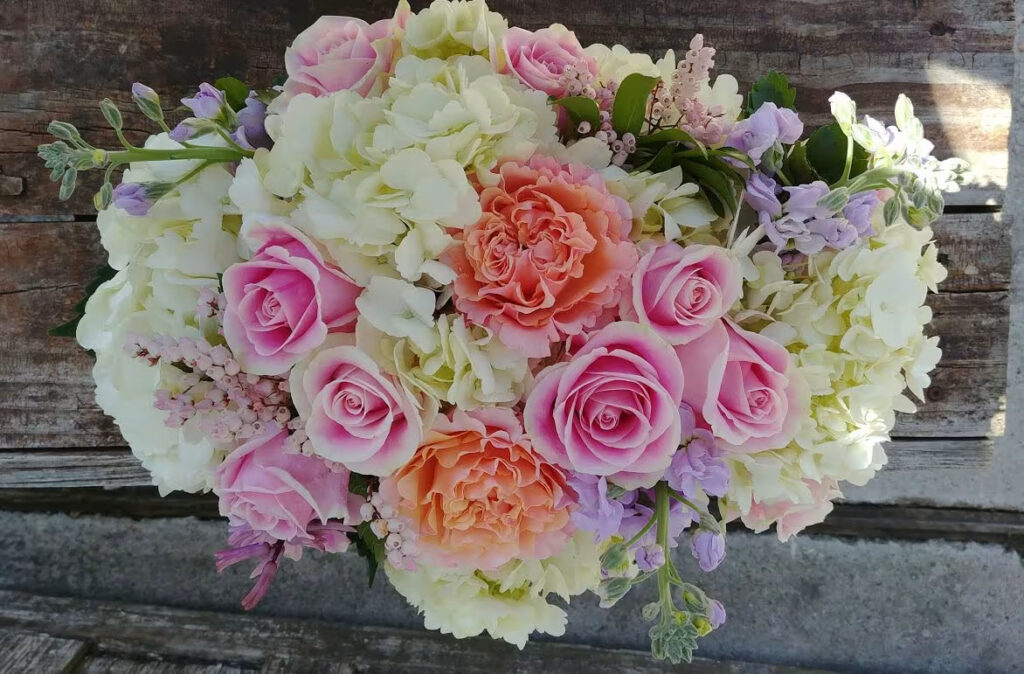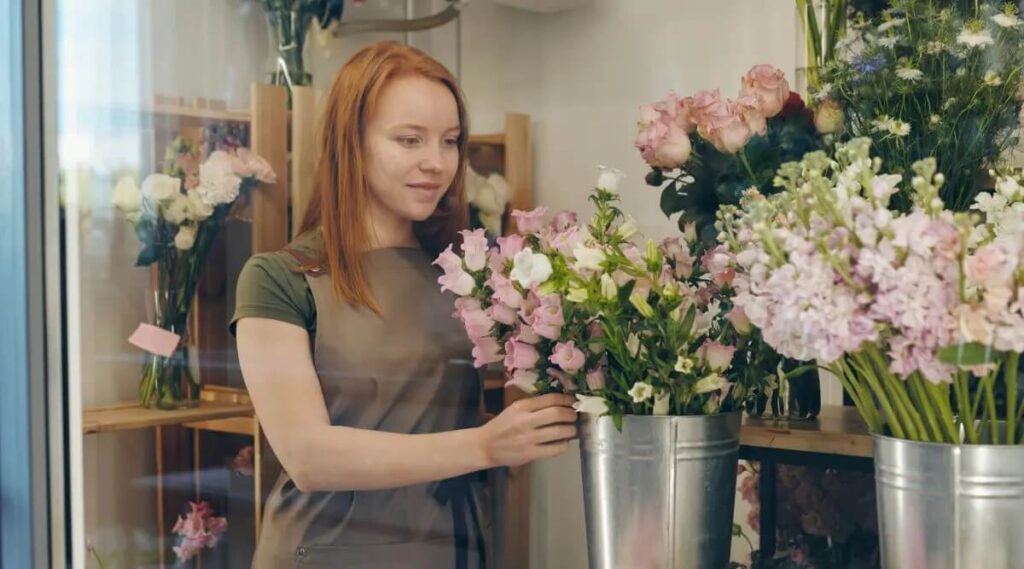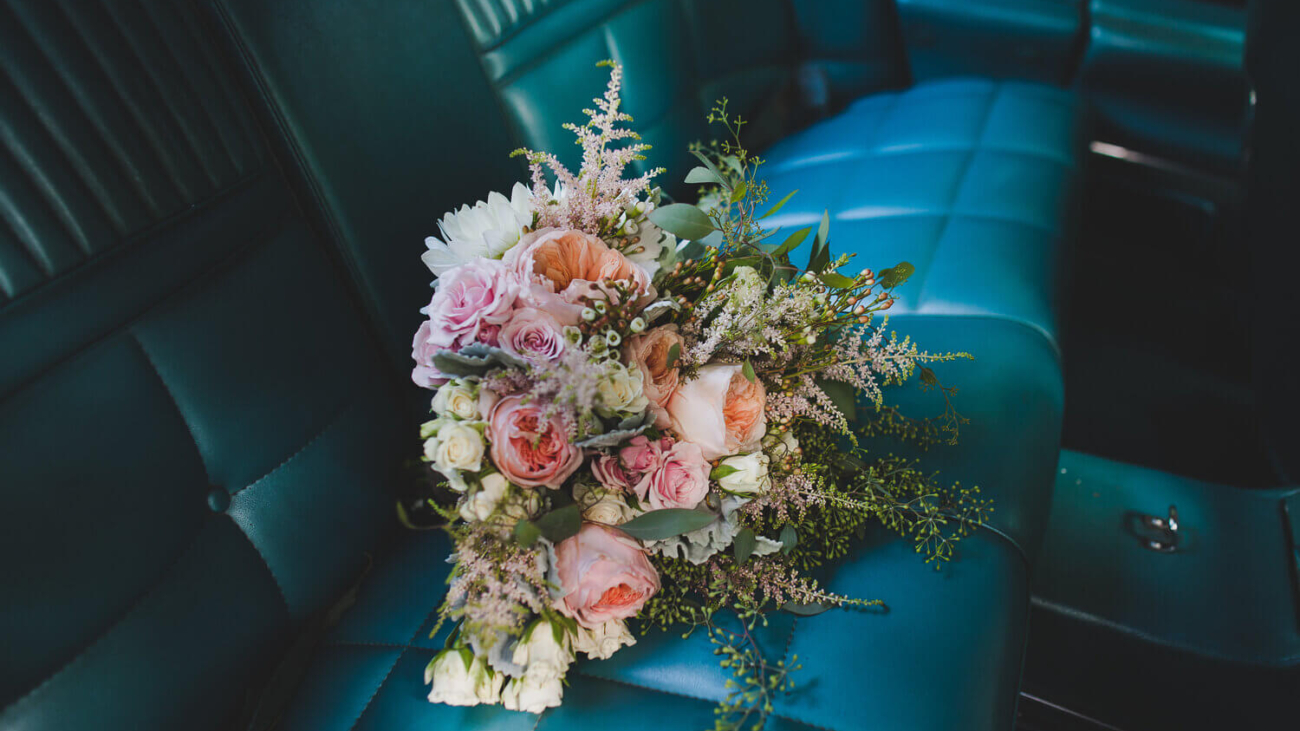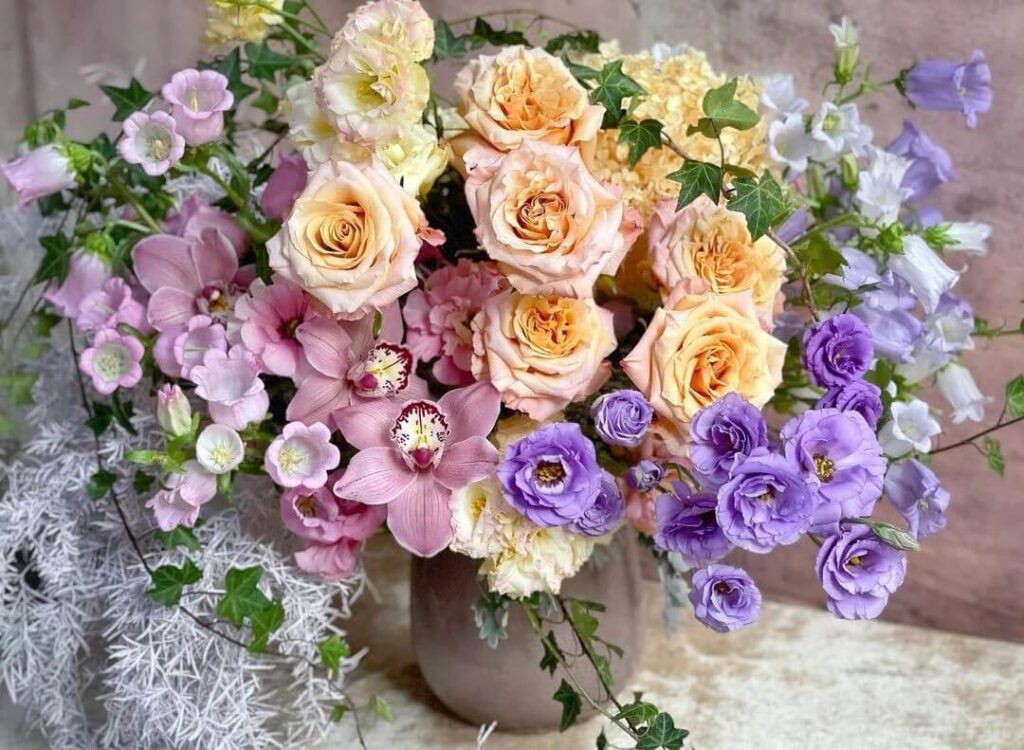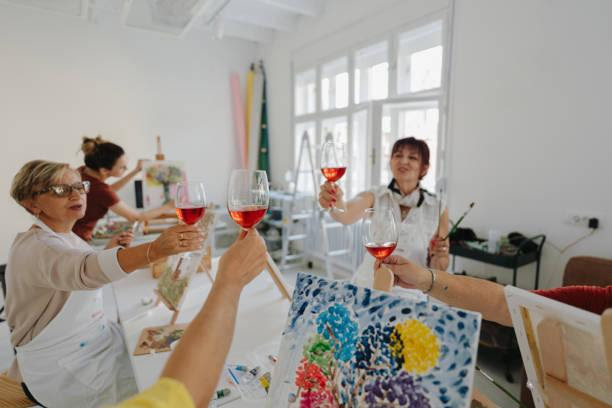Introduction
From Hogwarts Castle to the enchanting spells of Hermione Granger, the world of Harry Potter continues to cast a magical spell on fans worldwide. While books and films have brought the Wizarding World to life, art prints offer something even more personal: a way to bring the magic into your own home. Whether you’re decorating your bedroom, study nook, or art wall, a Harry Potter art print is the perfect finishing touch for any fan’s space.
There’s no shortage of beautiful and creative options. However, if you’re searching for something truly magical, a Harry Potter print — whether minimalist, detailed, or completely custom — can breathe life into your decor and fuel your imagination.
In this guide, we’ve gathered 10 of the most enchanting Harry Potter art prints available today. Each one has been selected based on artistic quality, fan appeal, uniqueness, and design versatility. Whether you’re new to collecting or an experienced Potterhead, these prints will definitely cast a charm over your walls.
1. Hogwarts Castle at Night – Watercolor Elegance
This ethereal watercolor piece of Hogwarts Castle under moonlight combines soft hues with architectural details to deliver a serene yet majestic feel. The glowing windows, swirling mist, and silhouette of the towers make this a breathtaking option for bedrooms or reading corners.
- Why fans love it: It captures the tranquil side of the magical world.
- Style fit: Works well with cozy, fantasy-inspired interiors.
Related: Custom Ted Lasso Artwork
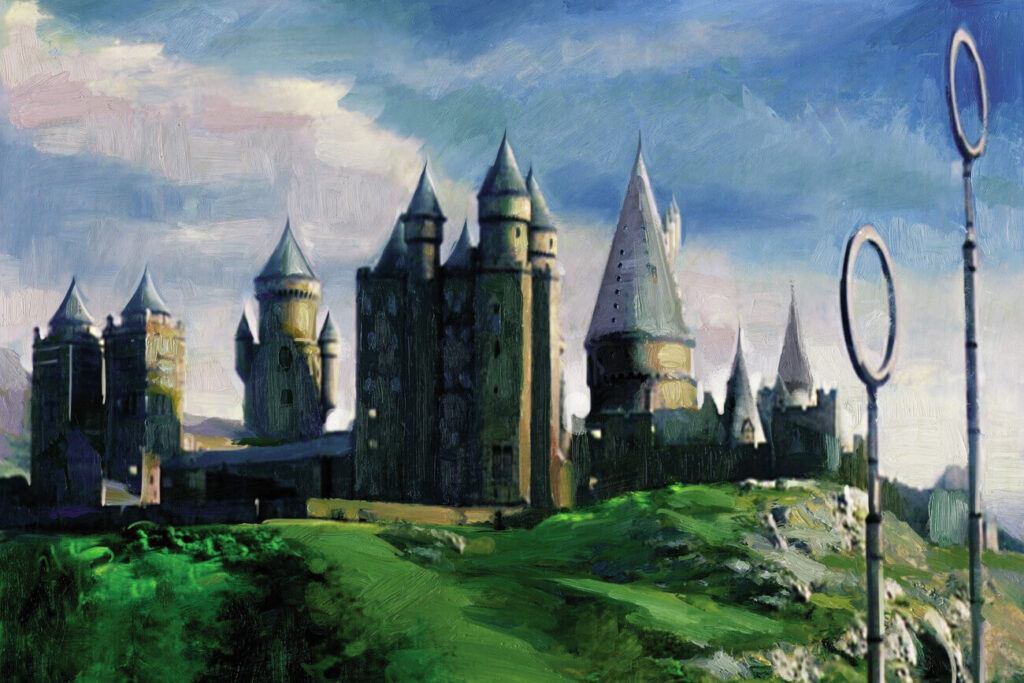
2. The Marauder’s Map Print – Mischief Managed on Your Wall
For fans who admire the cleverness of the Marauders, this art print features a stylized version of the Marauder’s Map with aged parchment texture. It often includes notable locations like the Whomping Willow, Room of Requirement, and hidden passageways.
- Fun fact: This design appeals to both minimalists and lore enthusiasts.
- Perfect space: Hallways, dorm rooms, or home offices.
3. Minimalist Character Silhouettes – A Modern Take
Minimalist doesn’t mean boring. These simple black or colored silhouettes of beloved characters like Harry, Hermione, Ron, and Dumbledore provide a modern edge while still reflecting the personality of each wizard. Accents like wand effects or signature spells add detail without clutter.
- Trending now: Clean design aesthetics with pop-culture roots.
- Best for: Living rooms, modern bedroom setups.
4. Spell Typography Print – Incantations in Art
Ever wanted “Alohomora” or “Expecto Patronum” elegantly scrawled across your wall? Typography prints featuring famous spells in stylized fonts make for subtle yet magical décor. Some versions also incorporate wand illustrations or spell effects behind the text.
- Great choice: For fans of magical language and design simplicity.
- Pairs well with: Framed quotes, academic-style posters.
5. House Crest Art Prints – Show Your Hogwarts Loyalty
Whether you’re Gryffindor brave or Ravenclaw wise, house crest art prints allow you to declare your allegiance with pride. These usually come in watercolor, embossed, or heraldic styles and make perfect gifts for fellow fans.
- Ideal for: Gallery walls or above desks.
- Customization: Many artists offer personalization with names or dates.

6. Hedwig in Flight – A Tribute to Loyalty
This touching Harry Potter print captures Hedwig mid-flight with a letter clutched in her beak. Often rendered in graphite, ink, or white-on-black sketches, these prints symbolize loyalty, hope, and the emotional bonds in the series.
- Why it’s meaningful: Fans love Hedwig as more than just a pet — she represents trust and sacrifice.
- Placement suggestion: Reading nook or near windows.
7. The Golden Trio Portrait – Friendship in Art
Portraits featuring Harry, Hermione, and Ron together celebrate the heart of the series — friendship. Whether in realistic painting or stylized cartoon form, these art prints resonate with fans who grew up with the trio.
- Warm and nostalgic: Great for longtime fans.
- Perfect gift: Especially popular for birthdays and graduations.
8. Patronus Prints – Magical Spirit Guides
Representing protection and inner strength, Patronus artwork shows iconic silvery animal forms like Harry’s stag or Snape’s doe. These prints typically feature glowing blue-white figures set against dark or forested backgrounds.
- Why it’s special: The Patronus is deeply symbolic, making these pieces emotionally powerful.
- Good fit for: Meditation spaces, bedrooms, or wellness corners.
9. Custom Harry Potter Prints – Your Magical Moment, Personalized
One of the most exciting trends today is custom Harry Potter prints, where artists offer to incorporate your name, favorite spell, or even your own portrait into a magical setting. Want to see yourself as a student in Hogwarts robes? It’s possible!
- Highly shareable: Many fans showcase these on social media.
- Added bonus: Makes an unforgettable gift.

10. The Final Battle – Epic Showdown Artwork
For fans of drama and intensity, artwork that depicts the Battle of Hogwarts or the showdown between Harry and Voldemort delivers epic energy. These prints are often done in dramatic color palettes with dynamic poses and spell effects.
- Why fans choose it: Captures the emotional and heroic climax of the series.
- Bold wall statement: Ideal for larger spaces or game rooms.
Where to Find High-Quality Harry Potter Prints
Whether you’re looking for a downloadable digital file or a framed, ready-to-hang piece, you can find Harry Potter prints on platforms like:
- Etsy: Great for custom and handmade artwork.
- Redbubble: Offers a wide selection of fan art.
- Society6 & INPRNT: Known for professional print quality.
- Independent Artist Websites: For exclusive, often signed pieces.
Be sure to support independent artists where possible — not only are their designs unique, but your purchase also helps small creators continue producing magical works.
How to Choose the Right Print for Your Space
When selecting the right Harry Potter print, consider:
- Color Scheme: Match it to your room’s existing palette.
- Size & Orientation: Choose dimensions based on wall size and layout.
- Framing Options: A quality frame can enhance even simple designs.
- Theme: Pick artwork that aligns with your favorite book, scene, or character.
Transitioning from a bland wall to a magical focal point doesn’t require a massive renovation. Sometimes, all it takes is one print that speaks to your inner wizard.
Final Thoughts: Let the Magic Live On
Art has always been a way to preserve memories and emotions — and when it’s inspired by Harry Potter, it carries the weight of nostalgia, imagination, and hope. Whether you choose a detailed castle painting, a custom Patronus portrait, or minimalist silhouettes, a Harry Potter print has the power to enchant any space.
So, the next time you glance at your wall and feel something’s missing, consider adding a little magic. A well-chosen print won’t just decorate your home — it’ll transform it.
More to read: The Ultimate Guide to Getting a Bondi Tattoo
